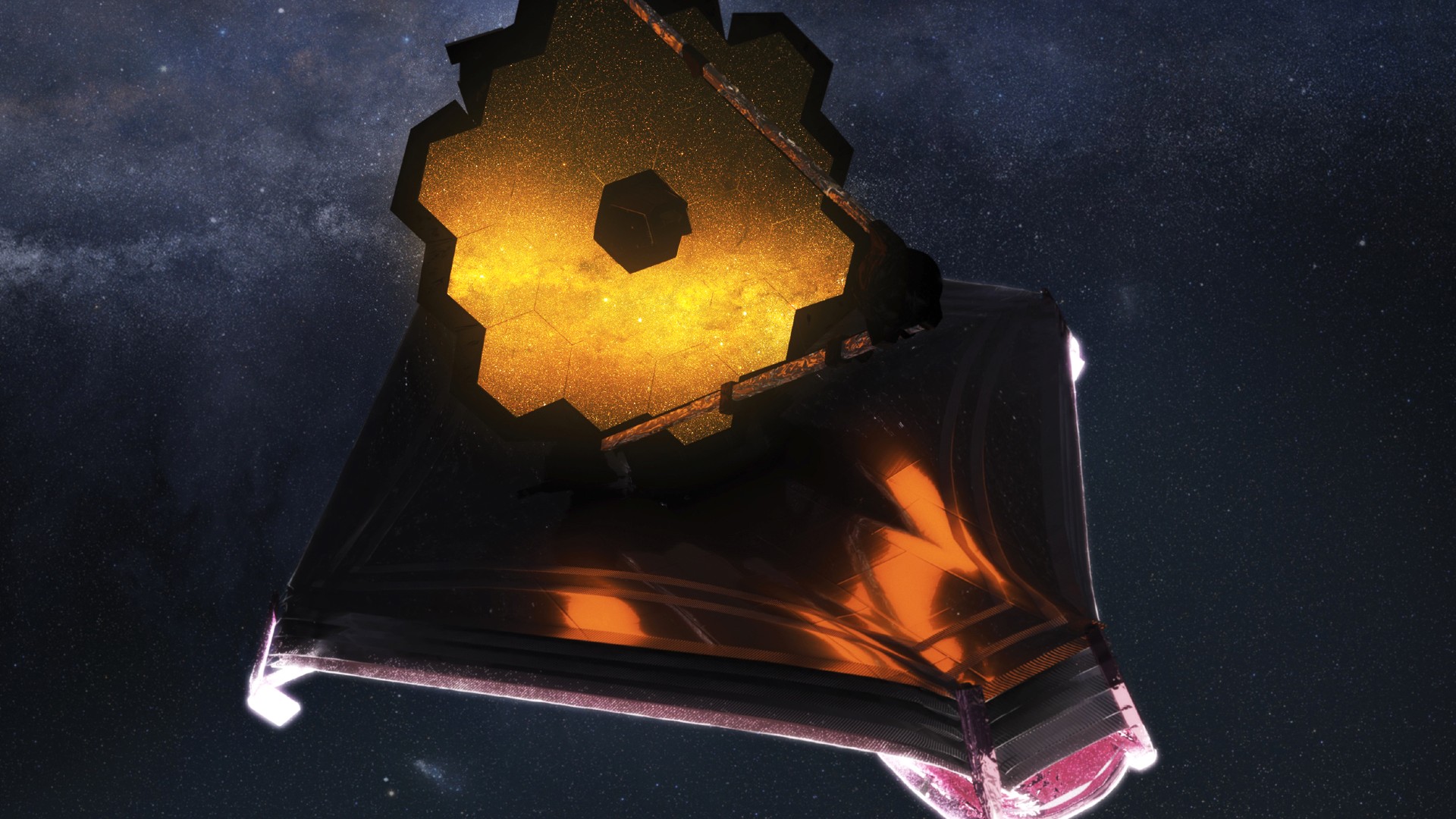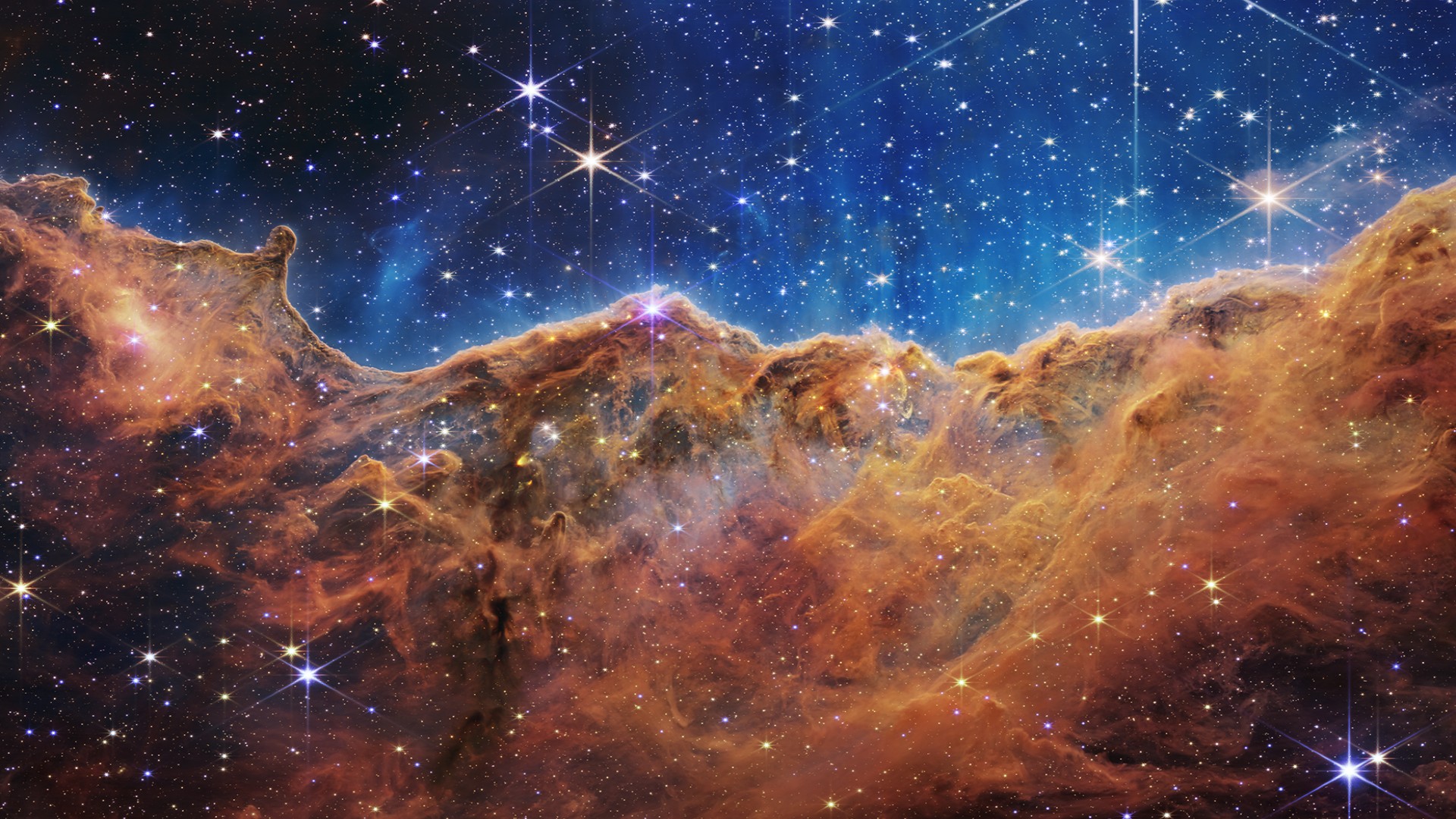What's next for the James Webb Space Telescope?
Now that the telescope is fully operational and the fanfare has concluded, the real science can begin.

Now that the world has gotten a glimpse of what the James Webb Space Telescope is truly capable of, astronomers around the world can anxiously await their opportunity to pore over the data gathered by the telescope.
The $10 billion James Webb Space Telescope (also known as Webb or JWST), which launched in December, is NASA's largest and most capable space science telescope. The telescope contains four different instruments that can combine to collect data in 17 different modes. Using these sophisticated sensors, Webb will be able to peer at some of the first stars and galaxies ever to form in the universe, in addition to studying objects here in our own solar system.
NASA released the first science-quality images from the revolutionary telescope on Tuesday (July 12) during a live event held at NASA's Goddard Space Flight Center in Maryland. There are many years of science in store for JWST, and statements from some of the scientists working on Webb offer a glimpse into the groundbreaking work that is to come from the revolutionary telescope.
Related: NASA's James Webb Space Telescope mission: Live updates
Gallery: James Webb Space Telescope's 1st photos
"The first year of science observations have already begun. We have already taken data for scientists who want time in the first year," Klaus Pontoppidan, chief JWST project scientist at the Space Telescope Science Institute (STScI), said during the event.
Making that data available to the public as the program continues will be key to unlocking new discoveries, he noted. "Those data will be released to the principal investigators of those programs in the next day or two, and some of them are public," he said. "We're just going full steam ahead."
Pontoppidan added that Webb's schedule of early science programs were selected based in part on efficiency, so that the telescope will not have to spend large amounts of time moving from target to target.
Get the Space.com Newsletter
Breaking space news, the latest updates on rocket launches, skywatching events and more!
"The point of that is to make sure that there's even more data available from all the instruments and all the modes are spanning a wide range of science, that is public immediately [and] has no exclusive access period," Pontoppidan said during the news conference. "And so they get priority, because we want the community to have as much data available, in particular by the time they get to propose again."
Proposing again is key: Throughout its lifetime, Webb will have annual calls for scientists to submit descriptions of what they'd like to do with the observatory. From there, the Space Telescope Science Institute in Maryland, which operates JWST, will select science programs to approve for each year of observations, called a cycle.
"Everything we planned through Cycle 1, the astronomical community, it was bold, but it wasn't bold enough," Eric Smith, chief scientist at NASA's astrophysics division and program scientist for JWST, said of the mission's first year during the news conference. "So I'm really excited for what people now plan to do for the second cycle, seeing just how capable the facility is."
That second cycle, which will begin next summer, could lead to some surprising discoveries thanks to the new levels of scientific detail that Webb will be able to capture. "We're turning the page now on several new chapters, on exoplanet atmospheres, early universe, cloud formation, you name it," René Doyon, principal investigator of Webb's Near Infrared Imager and Slitless Spectrograph (NIRISS) instrument, said during the news conference. "And we don't even know what we're going to find. It's exciting."

The sheer scale of even the very first bits of this data is impressive by itself. Jane Rigby, operations project scientist for JWST at Goddard, said during the news conference that "something like 40 terabytes of data" already gathered by the telescope will be released in its raw form starting Thursday (July 14). Moreover, NASA has arranged for extra server space to be available in anticipation of heavy traffic attempting to download the new data.
Rigby stressed that while the data is exciting in itself, the real work will be the development of new models to analyze that data.
"I just want to make it clear that this is just the very beginning," Rigby said. "These data demonstrate that the telescope works, but the science results are going to be rolling out from here on in. People are going to use lots of different techniques to get as much science as they can out of the data."
Now that astronomers have seen what JWST is truly capable of, there will likely be more challenging or impressive targets for the telescope as the observatory settles into its tenure.
"They can have more targets or they can go deeper than they thought," Smith said of scientists during the conference. "I think round two, people will be much more adventurous because they now know just how good the facility is."
Follow Brett on Twitter at @bretttingley. Follow us on Twitter @Spacedotcom or on Facebook.
Join our Space Forums to keep talking space on the latest missions, night sky and more! And if you have a news tip, correction or comment, let us know at: community@space.com.

Brett is curious about emerging aerospace technologies, alternative launch concepts, military space developments and uncrewed aircraft systems. Brett's work has appeared on Scientific American, The War Zone, Popular Science, the History Channel, Science Discovery and more. Brett has English degrees from Clemson University and the University of North Carolina at Charlotte. In his free time, Brett enjoys skywatching throughout the dark skies of the Appalachian mountains.









